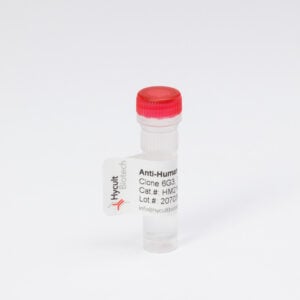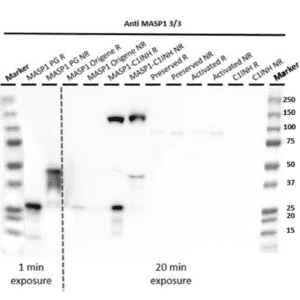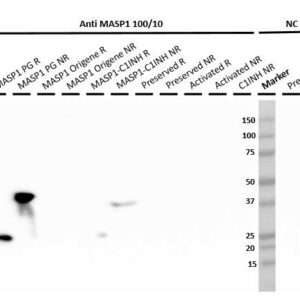Search results: “sp-d”
-

Application
Immuno assays, Paraffin sections, Western blot
Cross reactivity
Human – Yes, Mouse – Yes
-

Application
Immuno assays, Paraffin sections, Western blot
Cross reactivity
Human – Yes
-

Application
Immuno assays, Paraffin sections, Western blot
Cross reactivity
Human – Yes
-

Application
Frozen sections, Paraffin sections, Western blot
Cross reactivity
Mouse – Yes
-

Application
Immuno assays, Western blot
Cross reactivity
Human – Yes
-

Application
Frozen sections, Immuno assays, Paraffin sections, Western blot
-

Application
Functional studies, Immuno assays, Western blot
-

Application
Flow cytometry, Functional studies, Immuno assays, Immuno precipitation, Western blot
-

Application
Immuno assays, Western blot
-

Application
Immuno assays, Western blot
-

Application
Immuno assays, Western blot








